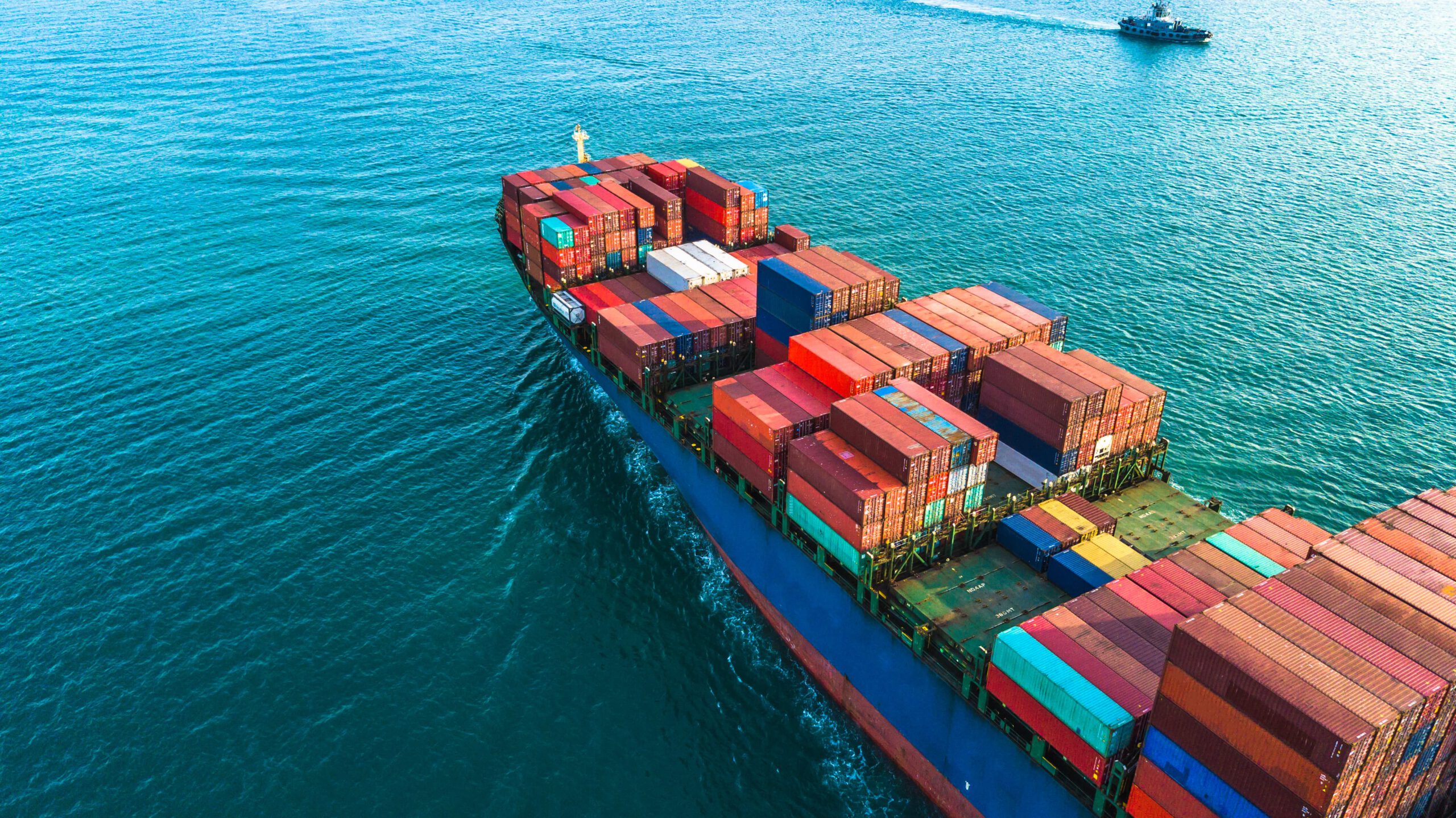
In March 2025, the United States' decision to impose a 25% tariff on imports from Canada and Mexico has sent ripples through global commodity markets, impacting key sectors such as chemicals, metals, and agriculture. The ramifications of these tariffs are profound, affecting supply chains, pricing, and international trade dynamics. As companies navigate these changes, the global economic landscape is shifting, with significant implications for inflation and growth.
The Tariff Impact on Commodity Markets
The imposition of tariffs has created a considerable disturbance in the global commodity markets. The chemical industry, heavily reliant on cross-border supply chains, is particularly vulnerable. According to ICIS, these tariffs are forcing companies to seek alternative strategies, such as sourcing raw materials from regions with favorable trade agreements and investing in local manufacturing capabilities. This shift is crucial for mitigating the increased costs associated with tariffs.
In the metals sector, particularly steel and aluminum, prices have surged due to the tariffs. The United States, being a significant importer of these metals from its North American neighbors, has seen a resultant increase in domestic prices. As WSJ reports, this escalation in raw material costs is expected to translate into higher consumer prices for goods ranging from automobiles to construction materials.
Agriculture, another cornerstone of international trade, faces its challenges. The tariffs have added layers of complexity to the already intricate global supply chains. With retaliatory tariffs from trading partners like Mexico and Canada, U.S. agricultural exports such as corn and soybeans are experiencing reduced competitiveness. This scenario threatens to squeeze profit margins for American farmers, as reported by AgWeb.
Inflationary Pressures and Global Trade Dynamics
The introduction of tariffs is contributing to inflationary pressures within the United States. As the cost of raw materials rises, so does the price of finished goods. This scenario poses a risk of slowing economic growth, as highlighted by analysts at ING, who predict a 2.5% year-on-year growth in global trade despite ongoing trade tensions. The challenge for businesses lies in adapting swiftly to these changes, as the uncertainty surrounding tariffs can lead to volatile market conditions.
The global trade environment is becoming increasingly complex, with new alliances forming and potential trade deals being negotiated. According to the World Integrated Trade Solution (WITS), the U.S. accounts for 13.6% of total global exports, underscoring its significant role in international trade. Yet, the reliance on raw materials that cannot be easily substituted means that countries must navigate these trade barriers carefully to maintain economic stability.
Strategic Adaptation in the Chemical Industry
For the chemical sector, which is highly dependent on international supply chains, adaptation strategies are paramount. GreenChem Industries suggests that companies can mitigate tariff impacts by exploring new raw material sources in regions with advantageous trade agreements. Additionally, modifying transportation routes and methods can help lower costs and enhance efficiency. This strategic reevaluation is essential for maintaining competitive pricing and avoiding additional tariffs.
The U.S. Trade Representative's office is currently holding hearings on proposed actions against Chinese-owned vessels, which could further complicate maritime logistics. The proposed service fees for these vessels could increase shipping costs significantly, affecting sectors such as liquid chemicals, vegetable oils, and renewable fuels.
A Look Ahead: Economic and Market Implications
As the global economy adjusts to these tariff-induced changes, both opportunities and challenges emerge. The potential for economic nationalism and geopolitical risks adds layers of uncertainty for businesses operating in international markets. However, the resilience of global trade is evident as companies and countries adapt to new realities, finding innovative ways to maintain growth and stability.
Market participants must remain vigilant, leveraging data-driven insights to navigate these turbulent times. As the Citi Market Insights emphasize, staying informed and agile in response to shifting trade policies and supply chain dynamics is crucial for success.
In conclusion, the U.S. tariffs on imports from Canada and Mexico have far-reaching effects on global commodity markets, influencing sectors from chemicals to agriculture. As companies implement strategies to counteract these impacts, the broader economic implications, including inflationary pressures and altered trade dynamics, are becoming increasingly apparent. The path forward requires careful navigation and strategic adaptation to ensure continued growth and competitiveness in the global market.